Since the iPhone 7 canceled the headphone jack, mobile phones with a 3.5mm headphone jack have become fewer and fewer.
Manufacturers will include a charging port adapter audio cable in the package as an alternative, but the obvious increase in daily charging needs is also prompting the way for wired audio, and the mobile listening experience is facing embarrassment. It was not until AirPods brought experience innovation to true wireless headphones that people realized that they could listen to songs in this way.
AirPods Pro's active noise reduction + true wireless has directly detonated the market. Not only has Apple's wearable device business greatly grown, but the mobile phone industry and audio industry are actively launching similar products. Today we can buy true wireless noise-cancelling headphones, the mainstream price ranges from 200 to 2,000 yuan, even if you are shy, you can experience the free listening experience after cutting the cable.
But we have to ask another question. From the 1999-yuan AirPods Pro to the entry-level true wireless noise-cancelling headphones that can be won for 200 to 300 yuan, behind the nearly ten times the price difference, what are the little-known similarities and differences?
True wireless + noise reduction? Now standard
The biggest similarity lies in the real wireless listening. Bluetooth technology is not new, but the previous Bluetooth connection experience is really inconvenient. It is to find the device list for two-way pairing and enter the password. As a result, Bluetooth-based true wireless headsets have always been a niche category.
The major innovation of Apple AirPods is the simple operation of opening the battery box to complete the connection, picking up and putting it on to listen to the song, and even taking a look at the pop-up animation effect that took a lot of thought, turning a true wireless headset into Easily usable product. Nowadays, earphones that are less than 100 yuan can be learned, and it is difficult to find the essential difference from Apple in the subtleties.
Then there is active noise reduction, which is also the primary productivity that promotes various manufacturers to introduce new products. Active noise reduction technology originates from the cancellation of positive and negative sound waves. Earphones actively emit sound waves opposite to noise to reduce the noise actually heard by the human ear to ensure quietness and purity during listening.
This technology was first proposed by Bose. Due to the ultimate pursuit of noise reduction, active noise reduction was only a patent for headphones for a long time. AirPods Pro is based on the simplified wireless experience of AirPods, and the large-scale miniaturization of active noise reduction, together with the promotion of this concept.
The recently launched true wireless noise reduction headphones have more or less borrowed from Apple's ideas, so that lightweight and portable headphones and noise reduction can be combined. Because of the similar in-ear design + built-in noise-cancelling microphone design, there is no essential difference in the noise-cancelling effect between different products even if there is a big difference in price.
Features that have begun to spread on a large scale in the past six months are transparent mode and wireless charging. The transparent mode is also promoted by AirPods Pro, which uses the external microphone to collect sound and transmit it to the internal playback, avoiding the situation where the earphones need to be taken off to hear the external sound. Based on the Qi protocol, it is compatible with existing mobile phone wireless chargers, and also makes good use of the wireless recharging function of the mobile phone.
Body shape determines wearing experience
Purely from the perspective of form or hardware specifications, true wireless noise-cancelling headphones of different price points all have a nose and eyes, and it is difficult to see the difference at a glance. But if you go into the details, you can understand why more expensive products have the confidence to sell at high prices.
The core of the "body" part is whether the main body design can be easily accessible. One part is related to the design ability of the manufacturer, and the other part is related to the cost factor of mass production. Mid-to-high-end true wireless noise-cancelling headphones often have a body that is more considered to be worn by the human ear, which is difficult to achieve with cheap products. Recently, a popular headset within RMB 1,000 has been criticized for its inconvenient and stable design.
There is also the overall volume including the battery box, which is related to the convenience of wearing and daily carrying. Not long ago, Bose launched its own wireless noise canceling earplugs "Big Shark". The shark fin and 11-level noise canceling do have the current top performance. The volume of the entire headset has increased correspondingly, and the price is also higher at 2,299 yuan. In more cases, the size is too large because the battery box space and battery size are not well balanced.
Unlike the wired headsets that were once standard, the non-in-ear type is widely used. True wireless noise-cancelling headphones are relatively uniform in the in-ear type, and the difference in earplugs has become the main difference between different price points. Because there is a higher cost for investment testing, the material is more suitable for long-term wear, and the standard earplugs of mid-to-high-end products generally have better passive noise cancellation and ear canal fitting performance.
Intrinsic function is equally important
"Three minutes is destined, seven minutes depends on hard work." This statement can also be applied to true wireless noise reduction headphones. Excellent industrial design is only the first step. Active noise reduction and all listening experience need to be inside the headphones. Work hard. After being combined with each other, it can be said to be a product that is comfortable to wear and excellent in use.
Wind noise suppression, which eliminates the noise generated by the wind blowing the microphone, is a problem that has not been properly solved by low-priced products. The current mainstream response method is to add a wind channel and a microphone that collect wind sound to the headset to solve the problem. It has a certain effect in the high-end products launched by AirPods Pro and other mobile phone manufacturers, but the R&D cost and structural design capabilities are lacking. In the low-end, it is basically difficult to achieve.
Another example is the automatic start and stop of the sound before and after wearing it, which makes it convenient for users not to manually control the playback, but it is not simple to implement. Apple uses infrared light sensing to detect wear, and some manufacturers use capacitive power-on detection, which can be described as their own magical powers. However, even if low-end products also use infrared, the accuracy cannot match AirPods, and the originally helpful function becomes a disservice to play uncontrolled regardless of the intention of use.
It has always been jokingly called metaphysics, but there is objective evaluation and sound quality performance of the improvement path. Large-size dynamic coils and even multi-units have begun to appear more in mid-to-high-end products. There are also products such as OPPO Enco X that have introduced professional audio manufacturer Tanner to jointly tune and improve performance.
Even the "untuned" AirPods Pro will have a certain improvement in mid and low frequency performance after active noise reduction is turned on. When it comes to products with noise reduction capabilities but low positioning, the pursuit of sound quality has become rarely mentioned.
The easily overlooked cell phone connection
Finally, the software experience on the mobile phone is quite obvious. A considerable number of users buy true wireless noise-cancelling headphones to better connect to their mobile phones to listen to songs when traveling. Therefore, the experience of cooperating with mobile phones will also be regarded as a part of the listening experience.
As mentioned above, after AirPods and Apple devices, a considerable number of products also provide the function of connecting to the pop-up window of the mobile phone, but the pop-up window is also learned. Whether the animation can be popped up in the first place, whether information such as the battery level can be accurately displayed, and whether the device that the user is using can be accurately positioned, all closely related to the pricing positioning.
Of course, the headsets of mobile phone manufacturers can take advantage of the pop-up interface built into the mobile phone system. Third-party manufacturers can only use the Android mechanism to make pop-ups that are compatible but not detailed enough, or even do not make pop-up animations at all. Due to the difference in antenna and connection performance, even without pop-up windows, high-end products often have faster and more stable mobile phone connection performance.
The function of the mobile control application is also a big difference. High-end products have supporting applications that can set all the functions of the headset. And across iOS and Android platforms, mobile phone manufacturers will also build the headset function settings in the system to improve convenience. The application of low-end products has a gap in stability and convenience, and most of them are managed through the Bluetooth setting interface without an application.
Finally, there is audio coding that is not very perceptible to humans, which is related to the quality and efficiency of the sound from the device to the headset. Most high-end products support Apt-X or LDAC, and mid-to-high-end products launched by domestic mobile phone manufacturers will use LHDC as a means to improve sound quality. In relatively cheap products, there are often only AAC or even SBC encoding, and audio transmission quality loss is more obvious.
Conclusion
On the whole, true wireless and active noise reduction have been popularized, and even transparent mode and wireless charging have been implemented by many products. However, in the category of true wireless noise reduction headphones, there is no price difference that is several times different but it can be completely correct. The target situation. There are still obvious differences between high-, middle- and low-end products at different prices, and they will have different effects on actual use.
However, this does not mean that those cheap headphones are useless. Low prices are just a reflection of their value. By tailoring those relatively unimportant features and reducing the price to enter more markets, it can also meet the demand for true wireless noise-cancelling headphones of consumers who are not demanding. After all, it is more important at this stage than whether it is good or not.
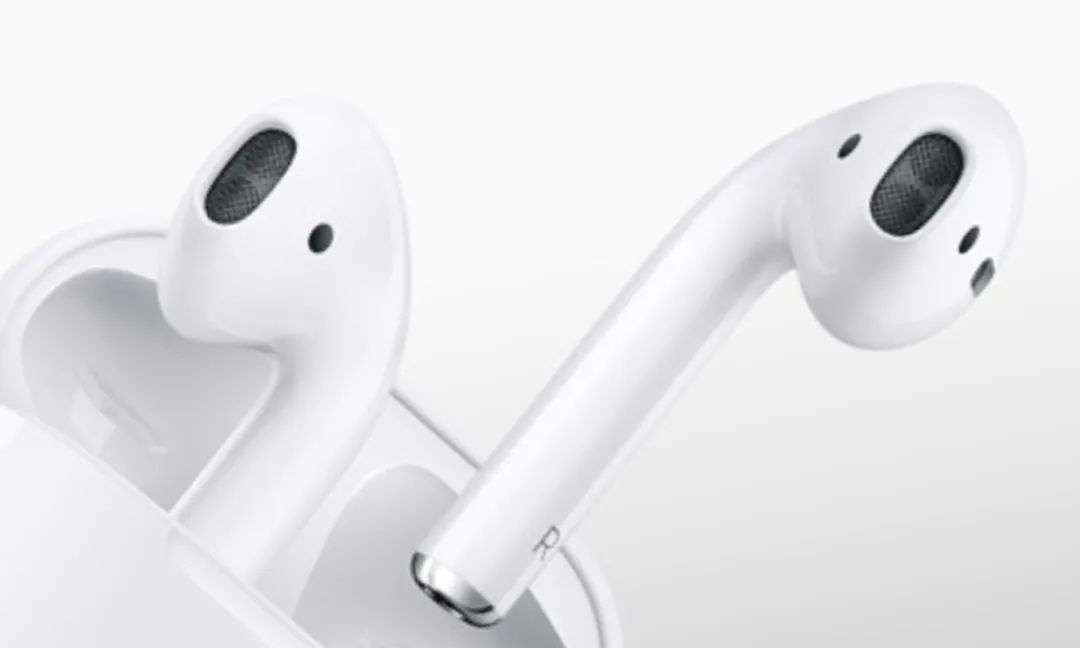
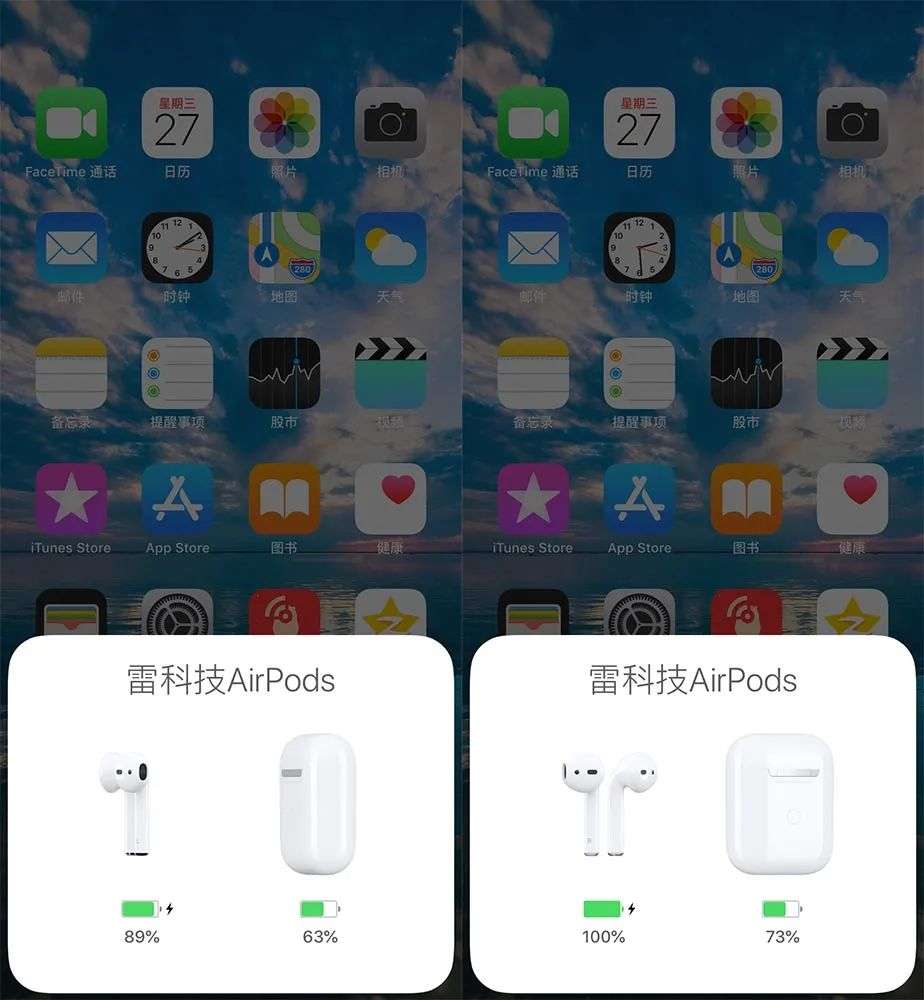
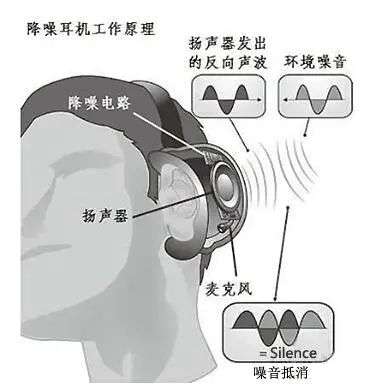
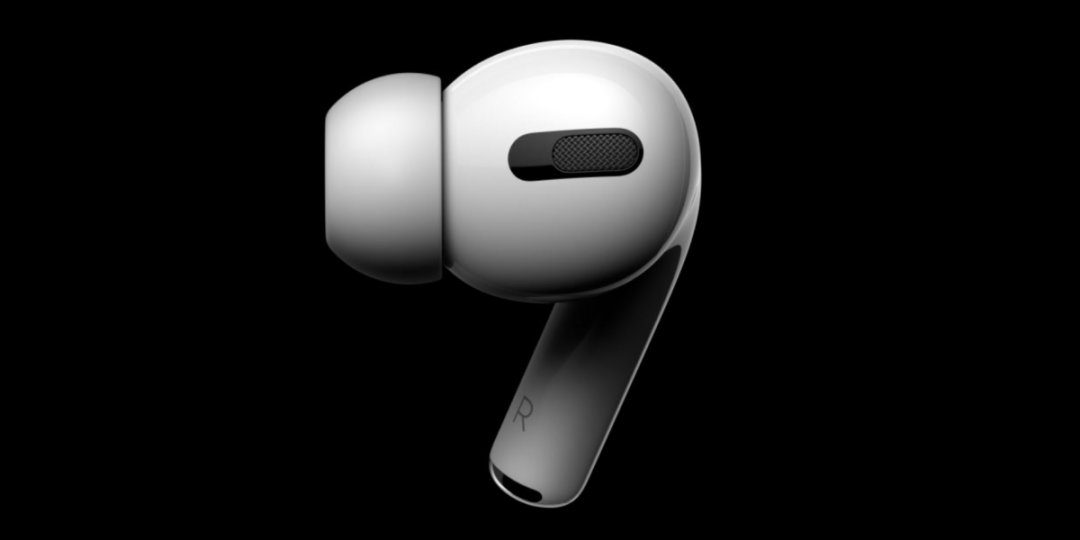

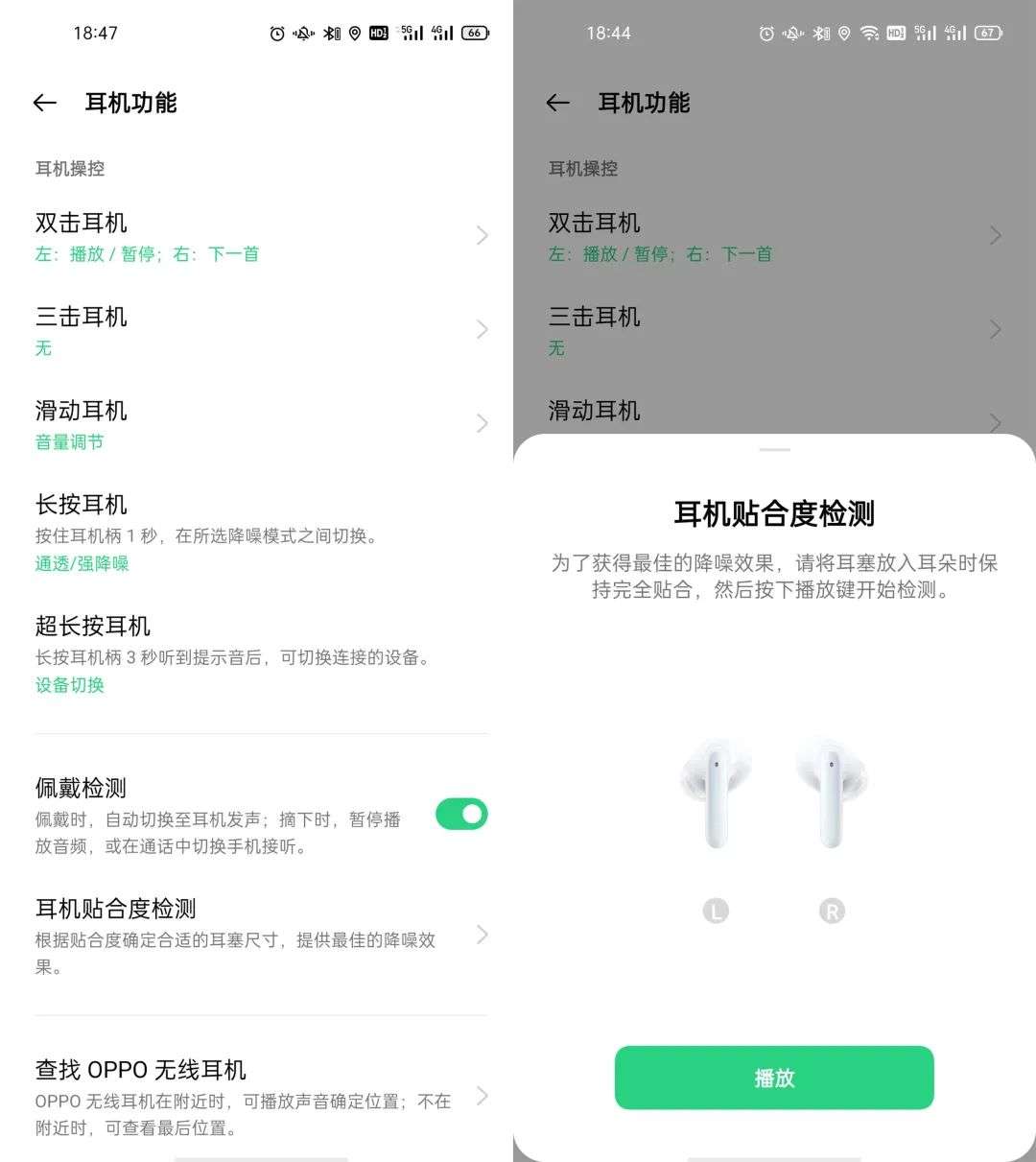
Comments
Post a Comment